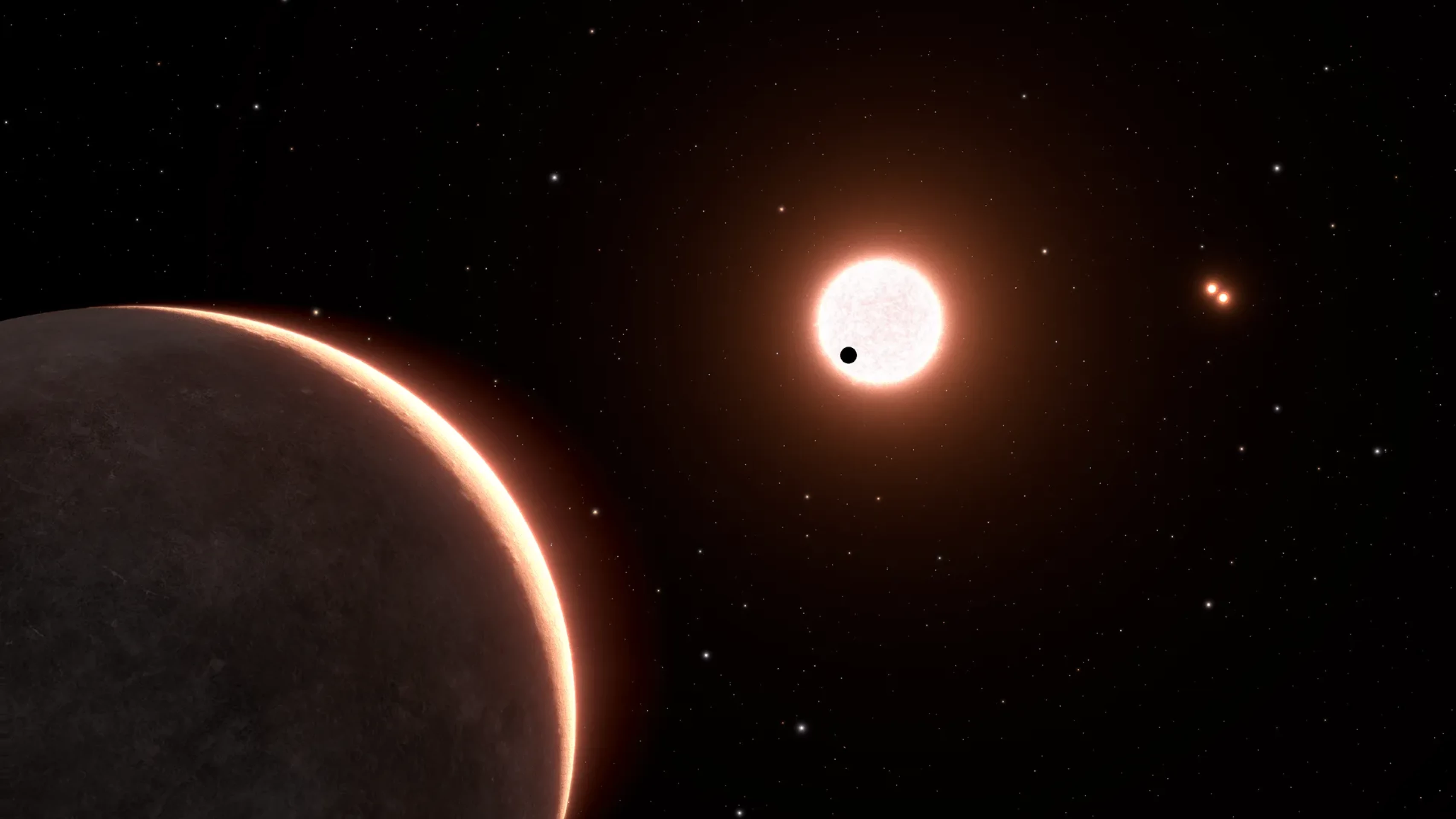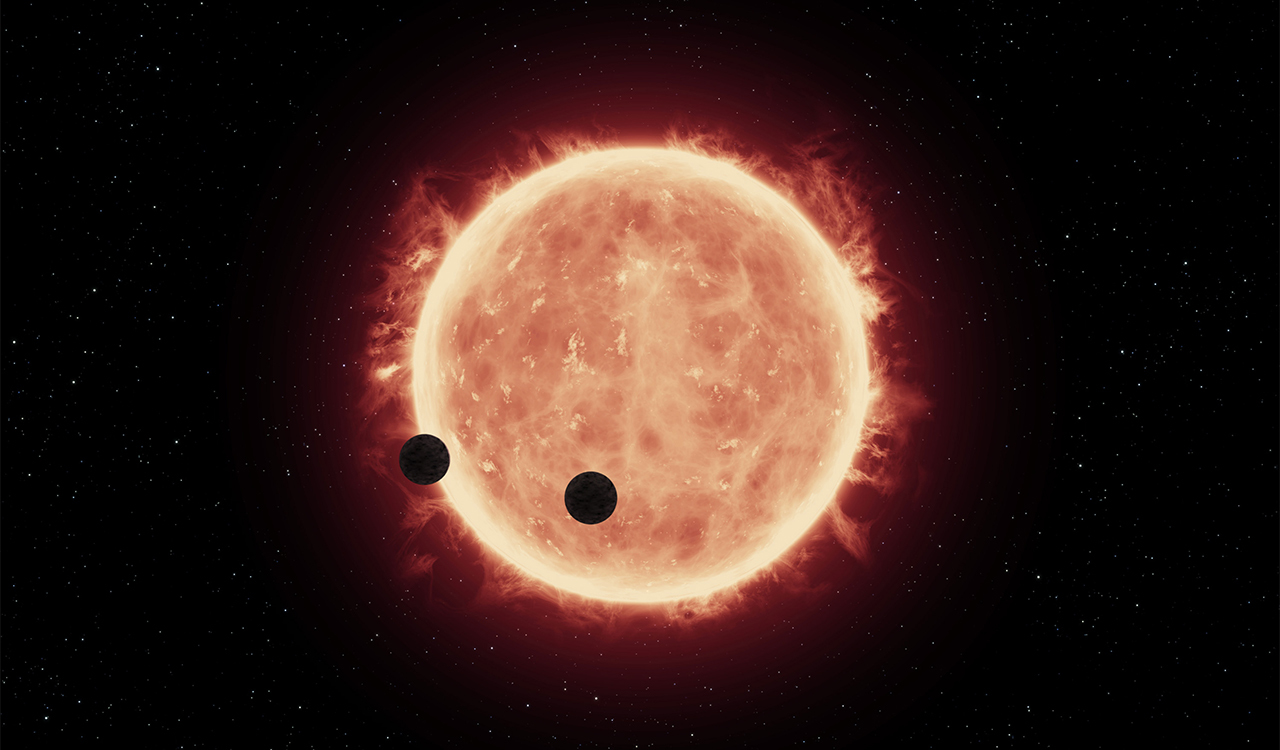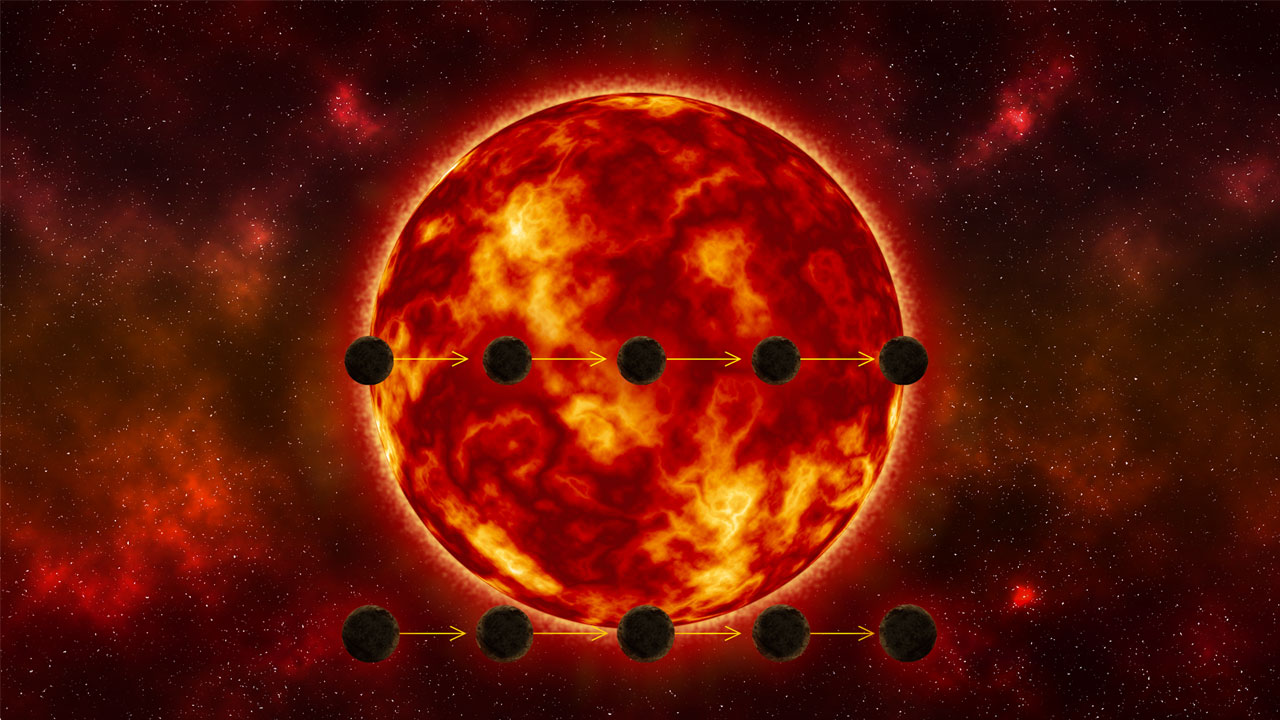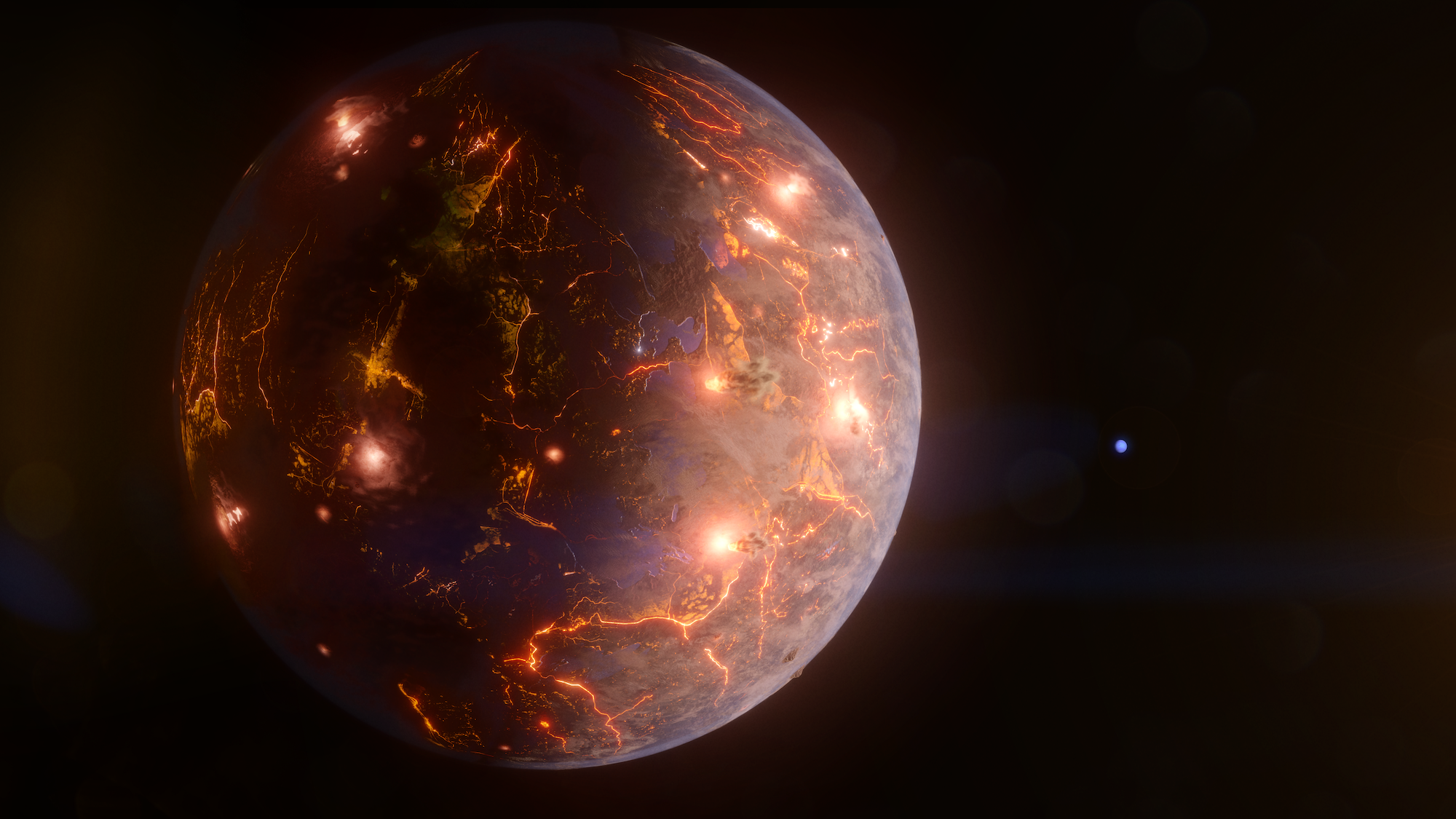The renowned Hubble telescope has authenticated the presence of an Earth-sized exoplanet only 22 light-years away from Earth, positioning it as one of the closest exoplanets to our own. This Earth-sized world orbits a small red dwarf star, marking a significant discovery within the cosmic neighbourhood.

Location of the Exoplanet
Situated in the constellation Eridanus, this exoplanet goes by the name LTT 1445Ac. It revolves around LTT 1445A, one of the trio of red dwarf stars composing the triple system of LTT 1445. Initially discovered by NASA's Transiting Exoplanet Survey Satellite (TESS) in 2022, it was initially categorized among the many newfound exoplanets that have now become relatively common discoveries.

Discovery of Exoplanets
The methodology behind discovering such exoplanets involves observing their movement across the face of their parent star. As these planets traverse, they cause a temporary dip in the star's light. This phenomenon allows astronomers to gauge the size, orbit, and other properties of the planet, provided the occurrences are frequent enough. In the case of LTT 1445Ac, its passage in front of the star could denote its size - a clear transit indicating a size akin to Earth, while a partial obstruction might imply a size closer to Jupiter. To address the limitations of TESS's resolution, scientists turned to the Hubble Telescope, renowned for its higher resolution despite being three decades older than TESS.

Habitability and Characteristics
Hubble's data analysis led scientists to determine that LTT 1445Ac indeed made a clean transit in front of its star, measuring only 1.07 times the size of Earth. However, despite appearing to align with humanity's aspirations for distant exploration, it falls short of habitability, boasting a scorching surface temperature of approximately 260°C (about 500°F).

Scientific Insights and Future Prospects
Despite its unsuitability for life as we know it, the proximity of LTT 1445Ac offers a plethora of opportunities for scientific inquiry. Scientists aim to scrutinize its atmosphere, delving into intricate details that could prove invaluable in the quest for extraterrestrial life. Emily Pass of the Center for Astrophysics, Harvard & Smithsonian, emphasized the significance of transiting planets in enabling atmospheric characterization through spectroscopy. She highlighted the importance of subsequent observations in expanding our comprehension of planetary diversity around other stars. This burgeoning knowledge may pave the way for humanity's future explorations and deeper understanding of the cosmos.
© Copyright 2023. All Rights Reserved Powered by Vygr Media.








